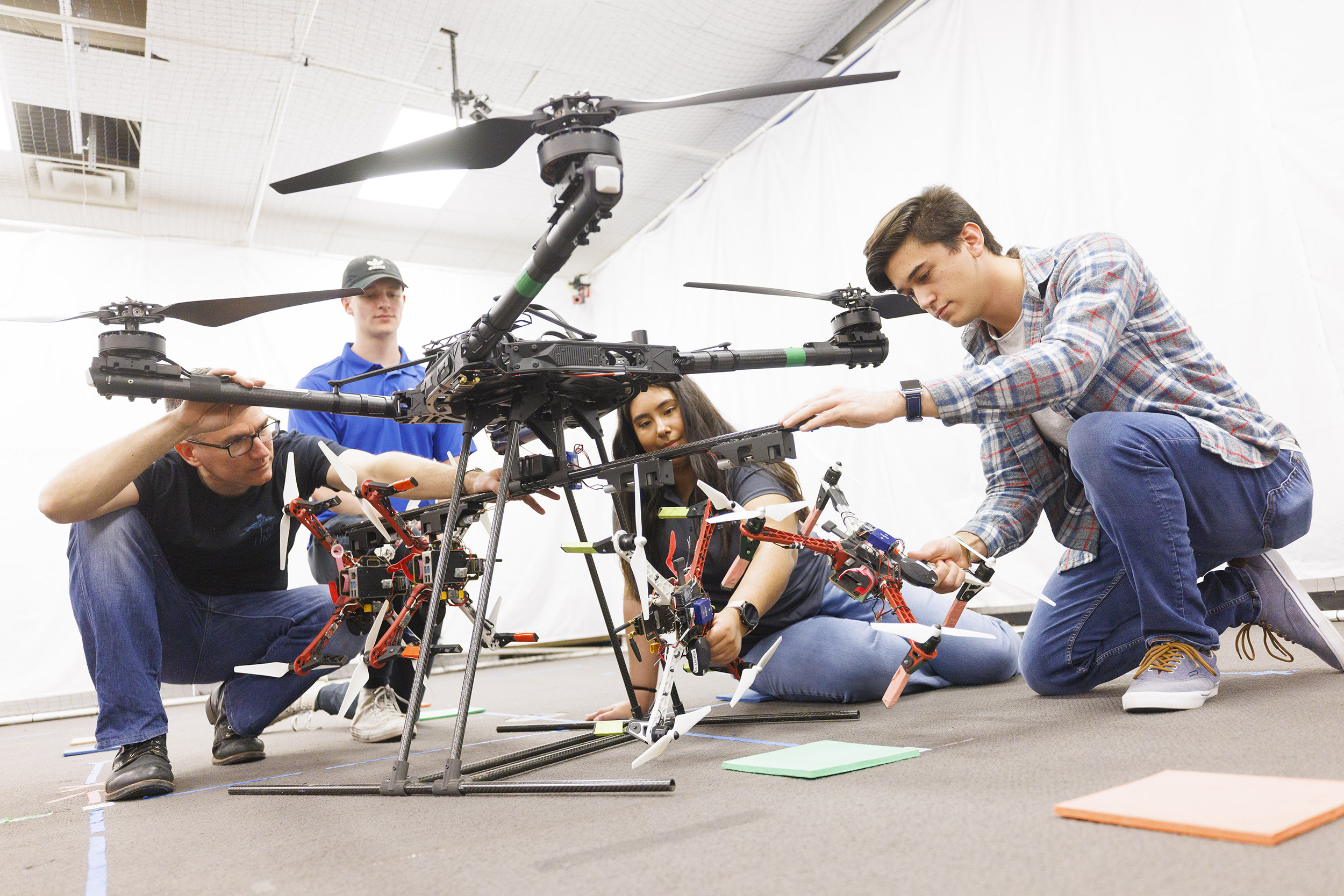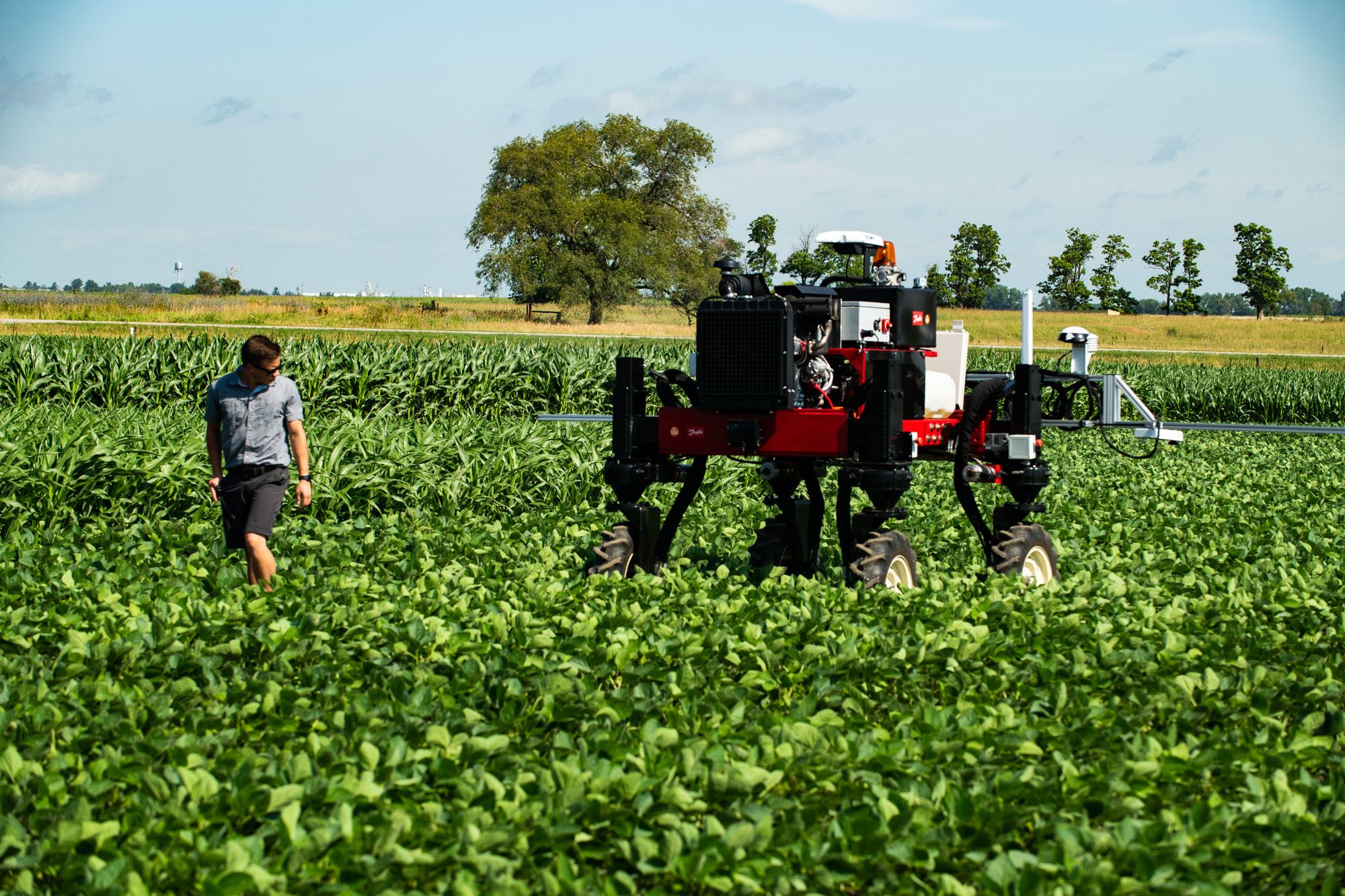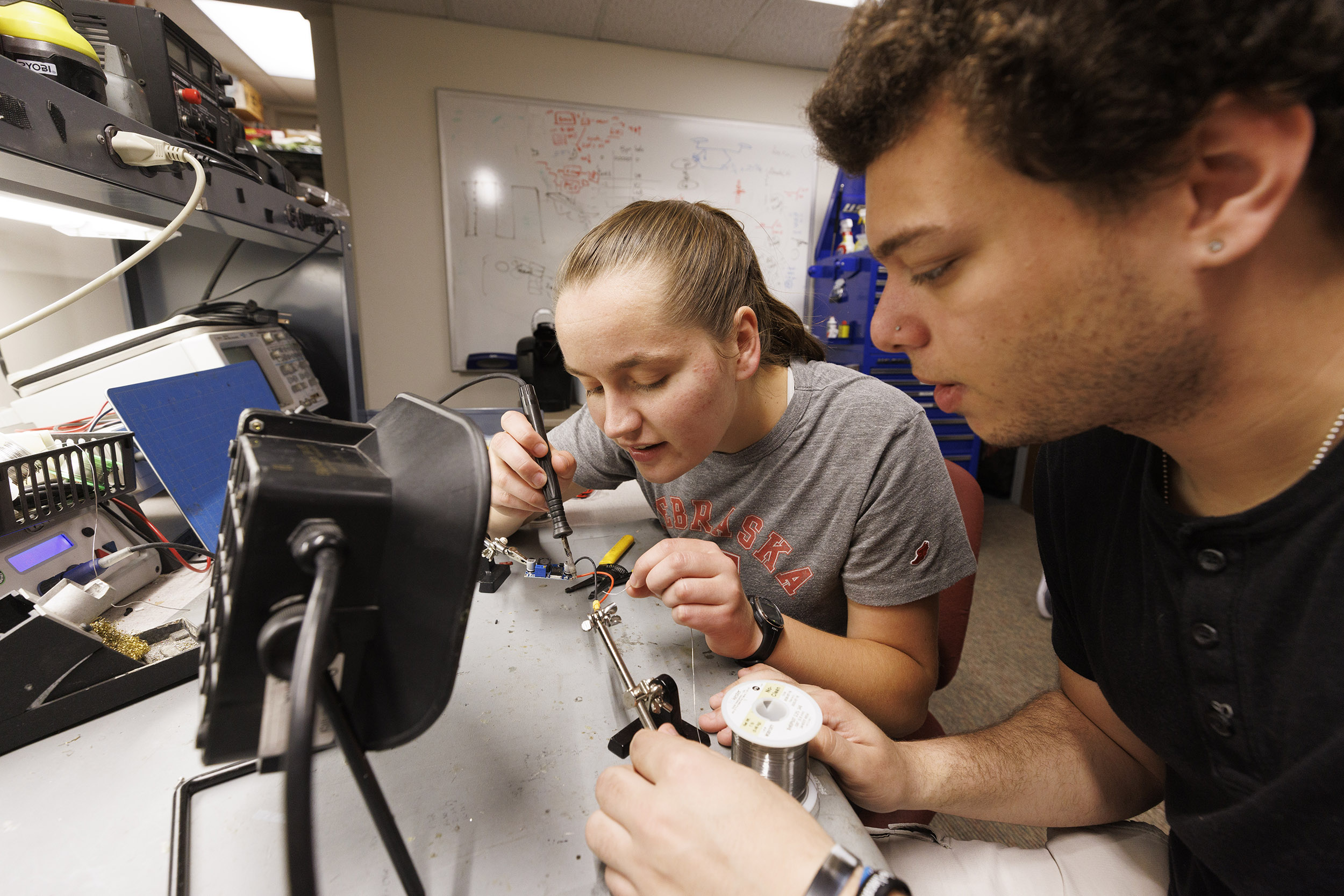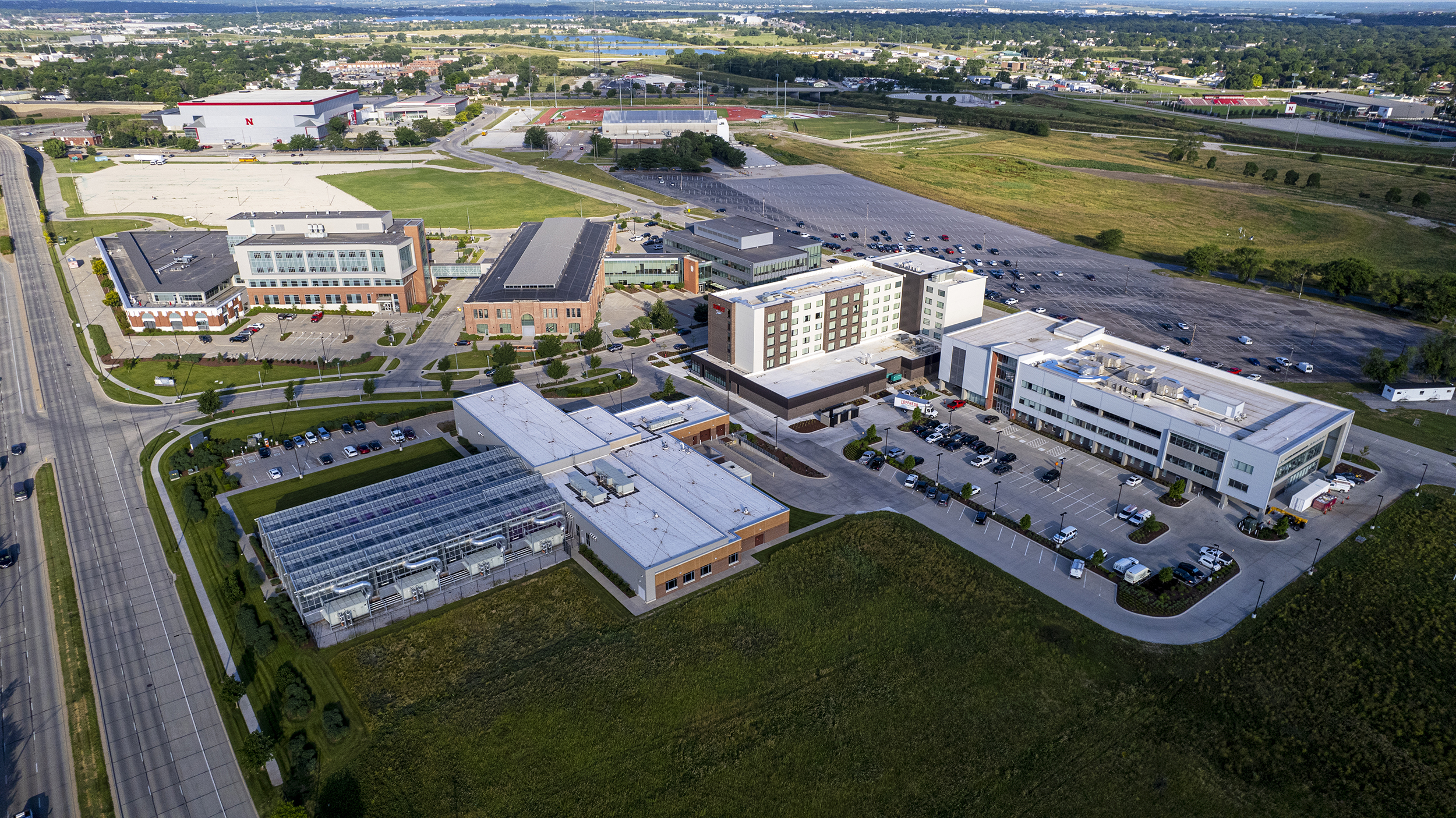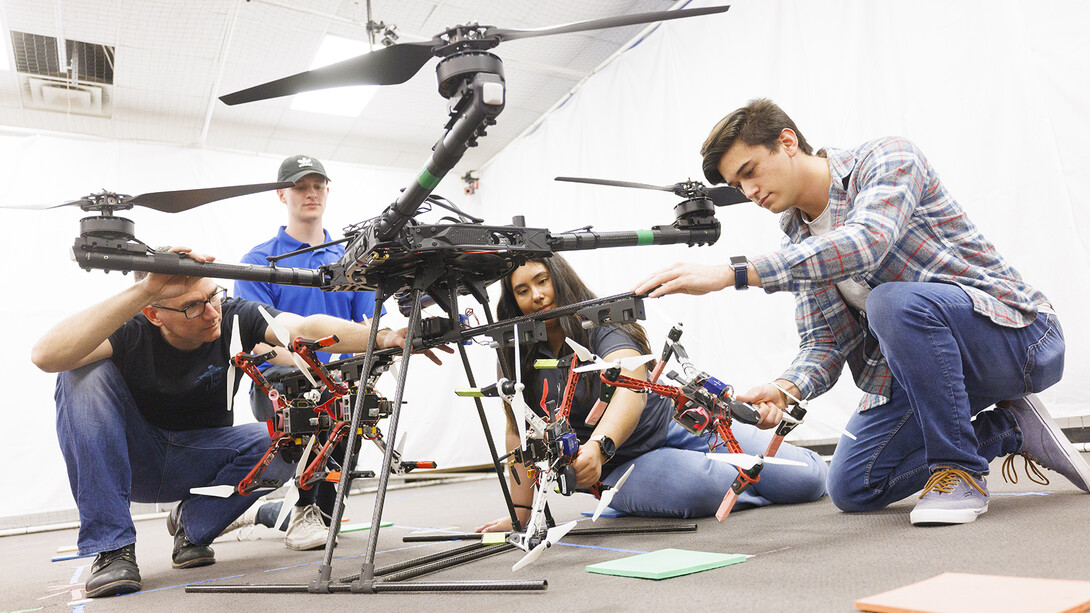
The University of Nebraska–Lincoln is taking a lead role in a $25 million federal award that will push the boundaries of robotics innovation and serve as an economic driver for the Cornhusker State.
The award is part of a $1 billion Build Back Better Regional Challenge program announced Sept. 2 by the U.S. Department of Commerce.
Nebraska’s $25 million award will establish a Heartland Robotics Cluster. The university’s $14.8 million portion of the award includes $9.3 million to build out robotics-related research and teaching spaces in Kiewit Hall, Scott Engineering Center and Splinter Labs.
Additional allocations will utilize resources at Nebraska Innovation Studio and The Combine, both located at Nebraska Innovation Campus. And, the Nebraska Manufacturing Extension Partnership, part of the university’s Institute of Agriculture and Natural Resources, will use $1.4 million to develop an automation demonstration space and program for Nebraska manufacturers.
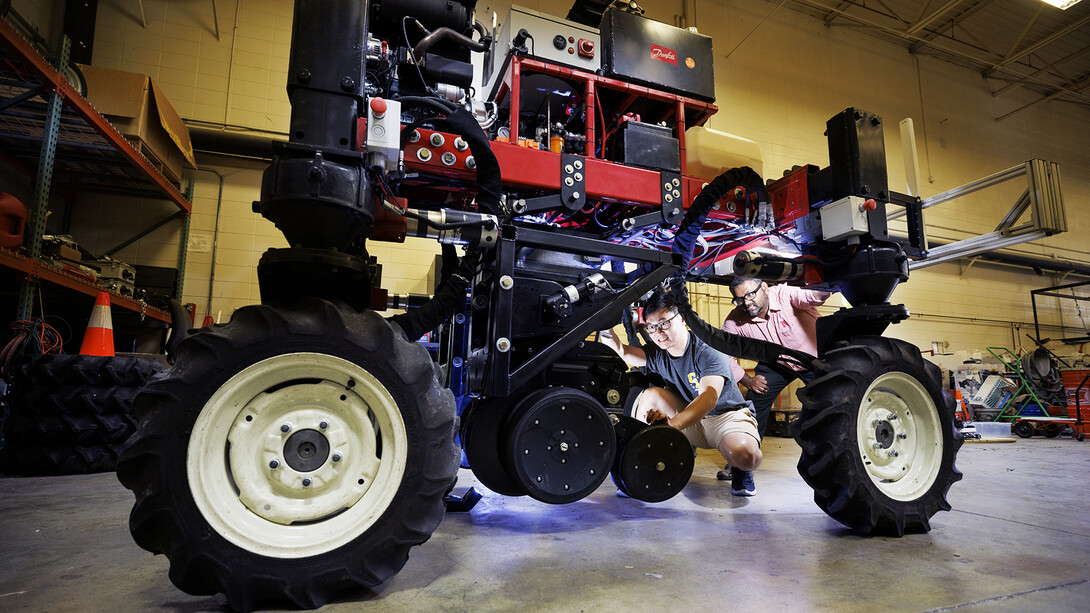
The proposal was developed and led by Invest Nebraska Corporation, a state-level venture development organization led by Dan Hoffman. Other project partners include Northeast Community College and Metro Community College — both of which will expand robotics instruction for students.
“This is truly an innovative team approach developed by Dan Hoffman and his team,” said Mark Riley, associate dean for research in the College of Engineering. “Ultimately, this project is going to be about research and engagement, developing the next generation of robots and showing industry partners across Nebraska how they can integrate robotics into their operations.
“It will also focus on how we train students and assist them in becoming next-level robotics entrepreneurs, helping grow the economy for all of Nebraska.”
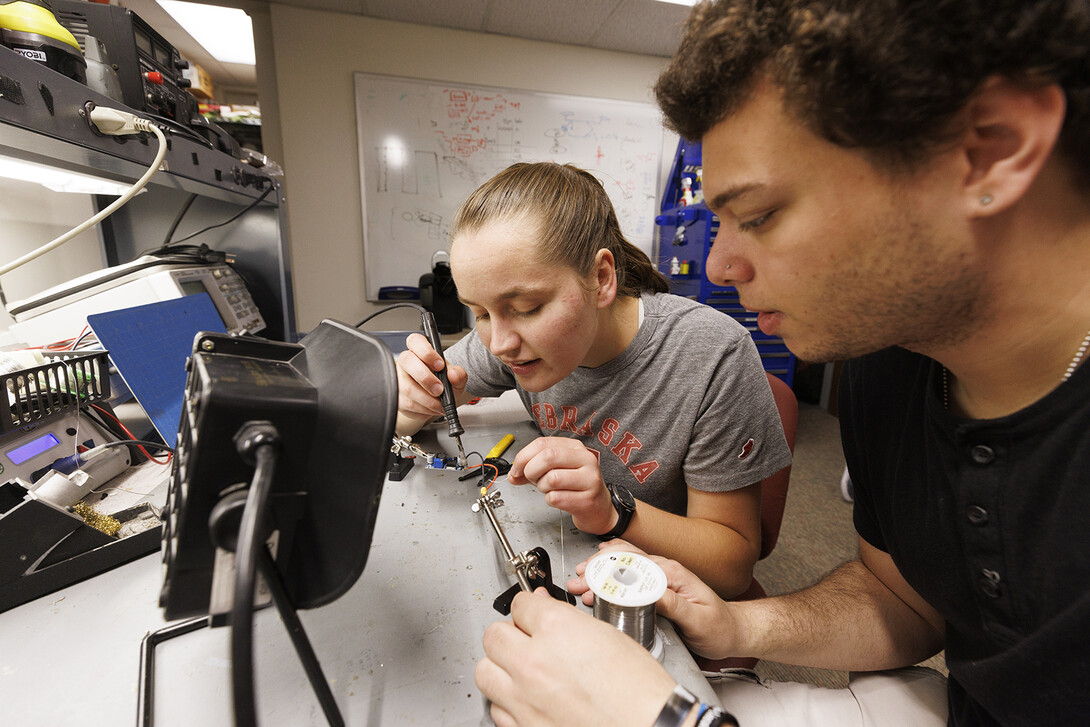
Hoffman said the project will help overcome pandemic-driven labor challenges that continue to hinder Nebraska.
“Today, we start the long process of investing in our state’s automation infrastructure and growing the future talent pipeline in automation, robotics, computer vision and AI,” Hoffman said.
The Heartland Robotics Cluster project was selected among a pool of 529 applications from all 50 states. In December, 61 proposals were named finalists, of which 21 were awarded funds.

